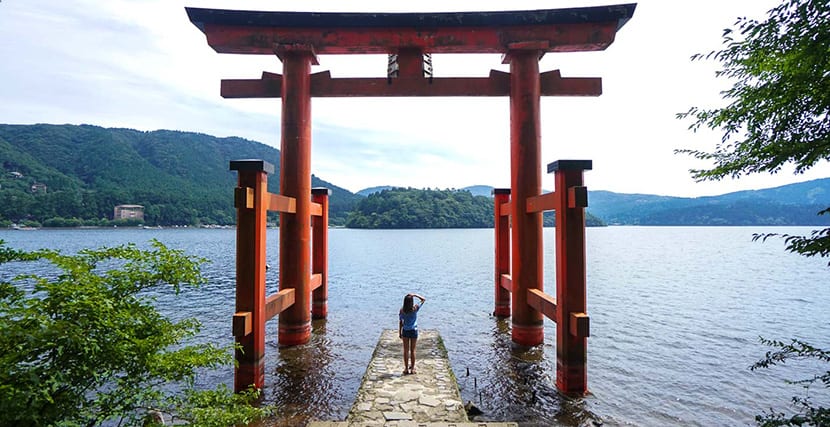
One of the symbols of Japan It is Mount Fuji but unless you are in a very tall building and the sky is really clear it does not look very good from Tokyo. To appreciate it, along with other mountains, forests and beautiful lakes, you have to leave the city.
Hakone is one of the most popular destinations and recommended when it comes to experiencing lake Japan. It is very close to Tokyo and since transport is extremely efficient here, it is easy and fast. And on schedule! Let's see then what we can do and see in Hakone.
How to get to Hakone
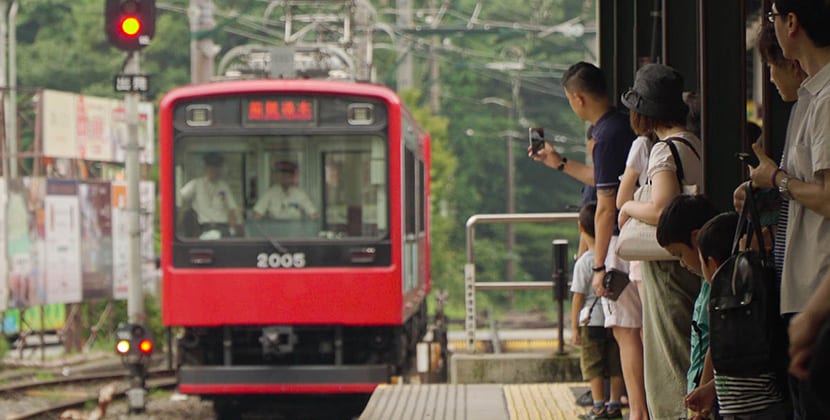
If you are a tourist and you bought the Japan Rail Pass in your country you can use the JR lines, that is, the public lines. But at some point you will have to go to a private line and pay the difference. This is common in Japan: although JR is very long, sometimes you have to go to a private line. Fortunately, not always.
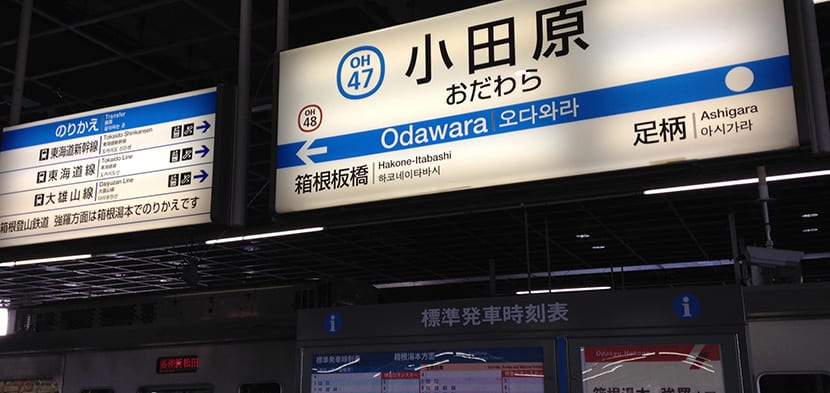
With JR you get to Odawara and from there you can use either private trains or buses. You arrive by shinkansen from Tokyo or Shinagawa station in just half an hour. It must be the Kodama trains and some Hikari so ask at the office when you approach to book the ticket (not all Hikari stop in Odawara). Another option is to take a local or fast train in Tokyo, belonging to the JR Tokaido line or the JR Shonan Shinjuku line. Everything is covered by the JRP.
hakone
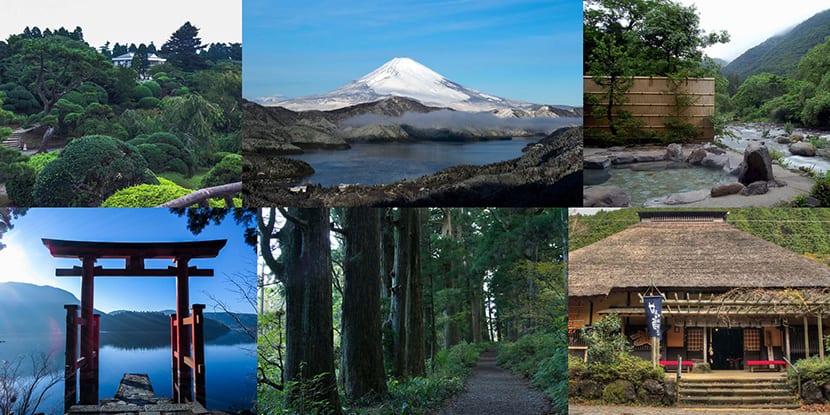
The municipality is extensive and has several mountain villages, some located on the shores of lakes or in the valley. The whole area it is linked by a good network of trains, buses, cableways, funiculars and boats. It also offers different tourist passes with different prices. Namely:
- Fuji Hakone Pass: covers transportation in the area and also around the Fuji Five Lakes. It is three days and optionally includes transportation from Tokyo. It costs 5650 yen, about $ 50.
- Hakone Free Pass: Two or three days includes unlimited use of all Odakyu trains, buses, funiculars, cableways and boats in the area. And also, optionally, the round trip transportation to Tokyo. It costs 4000 yen, about 40 euros.
- Hakone Kamakura Pass: It is the most expensive pass and provides three days of unlimited use of trains on the Odakyu network, transportation in and around Hakone, and access to Kamakura. It costs 6500 yen.
hakone is less than 100 kilometers from Tokyo and a good place to enjoy hot springs, watch lagos and hopefully the Mount Fuji. Onsen resorts are popular and a good way to enjoy them is to sleep in a ryokan, a traditional Japanese accommodation. There are all prices and I assure you that the experience is worth it.
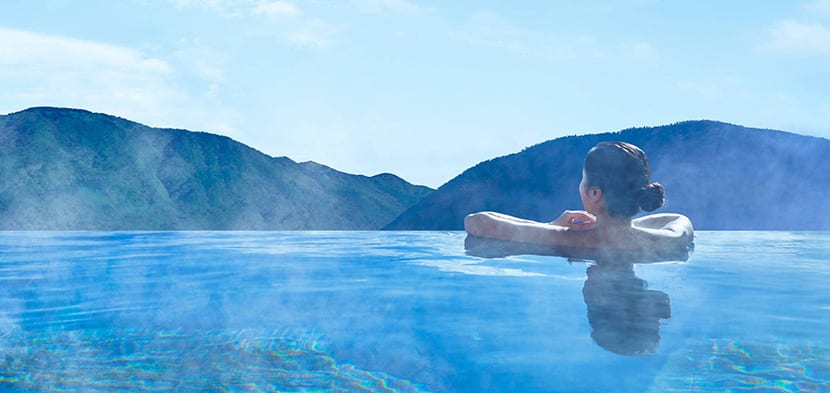
Then there are proper thermal towns like Yumoto, near Odawara, one of the most famous. There are ryokans hidden in the mountains, for example, and others on the shore of Lake Ashi. If you are not staying in a ryokan you can still enjoy a hot spring bath in a public one, open to travelers, for between 500 and 2000 yen. Write down the names of these ryokan: Tenzan, Hakone Kamon, Yunosato Okada, Hakone Yuryo or Kappa Tengoku.
What to visit in Hakone
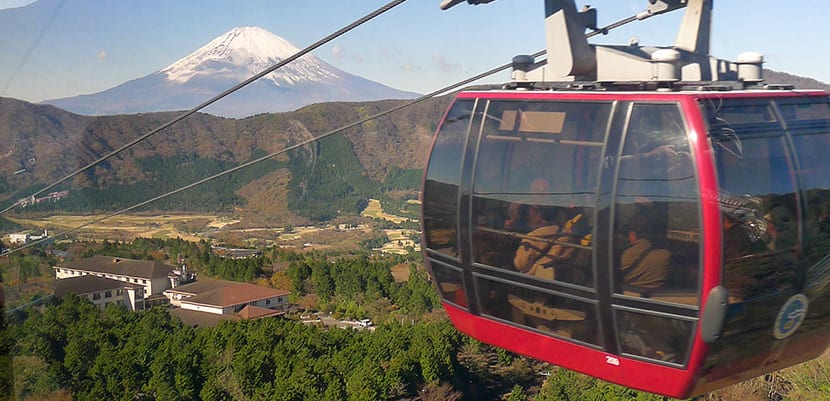
Japan is a volcanic country whose geography is marked by its eventful history. Hakone has a lot to see so you can choose to do and see everything or limit yourself to a smaller circuit. It depends on what you want to do and the time you have.
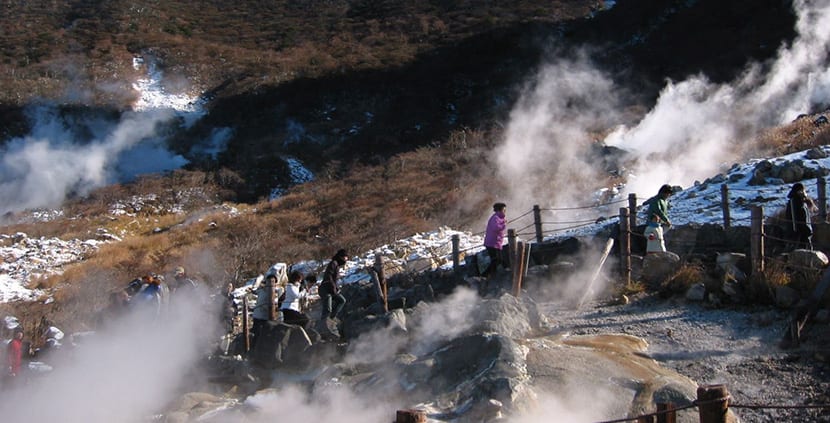
For short circuit Get off the train in Odawara or Hakone-Yumoto and go to the Tozan train that after 50 minutes of travel ends in Gora. Here you take the funicular to the last station, change to the cableway and end up on the shores of Lake Ashinoko. You can cross the lake by boat and end in Hakone-Machi or Moto-Hakone from you can take the bus and return to your starting point. This circuit it does not last more than three hours.

And the long and complete circuit? You get off the train in Odawara or Hakone-Yumoto. If you get off at the first station you can see the Odawara Castle which is only 10 minutes away and on a hill. If you do not take a vintage train, the Tozan, to the Hakone-Yumoto station, a small but beautiful town. There is a tourist office with English speaking staff who will give you maps and brochures of what you can do and see here.
Obviously, there are thermal bath houses and you can stay one day. If you do not get back on the train because the route that remains is beautiful, up the hill. You get to the Miyanoshita station, with many onsen. Here is an old hotel, from the XNUMXth century, where you can drink or eat something. Two stations later, in Chokokuno Mori, you have the most beautiful landscapes of Hakone and the Hakone Open Air Museum dedicated to modern sculpture.
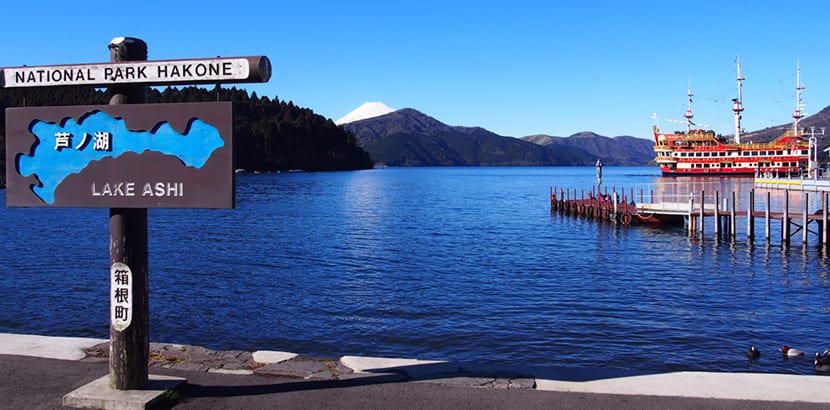
If you walk ten minutes you get to millpond, the Tozan thermal spring. Here you get on the funicular that climbs the mountainside. Each stop has its own but the journey ends in souzan where do you take the Hakone cableway that takes you straight to the heights in a journey of five kilometers. Halfway you have owakudani, an area around a crater that exploded three thousand years ago and that today preserves sulfuric fumaroles, thermal ponds and hot water rivers. Also, in good weather you can even see Mount Fuji.
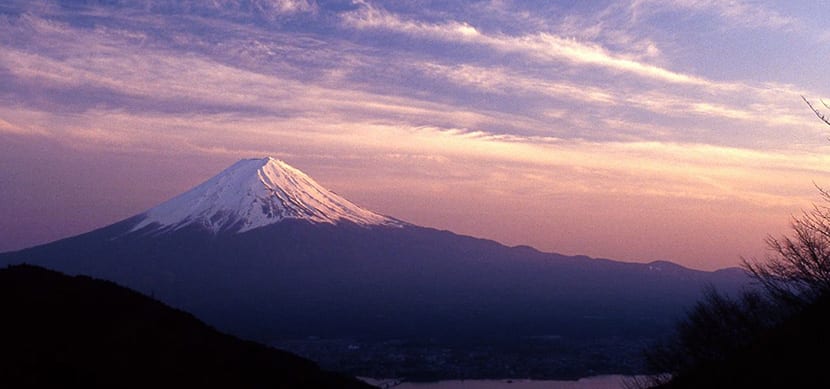
It is here where you can buy eggs cooked directly in the volcanic water and that they are very black. Did you ever see it on TV? There are restaurants and shops. If you are more adventurous and bring comfortable shoes then you can continue walking and reach the top of Mount Kamiyama and Mount Komagatake. Here you take the funicular again and go down to Lake Ashinoko. Allow two hours of walking with wind and the occasional drizzle.
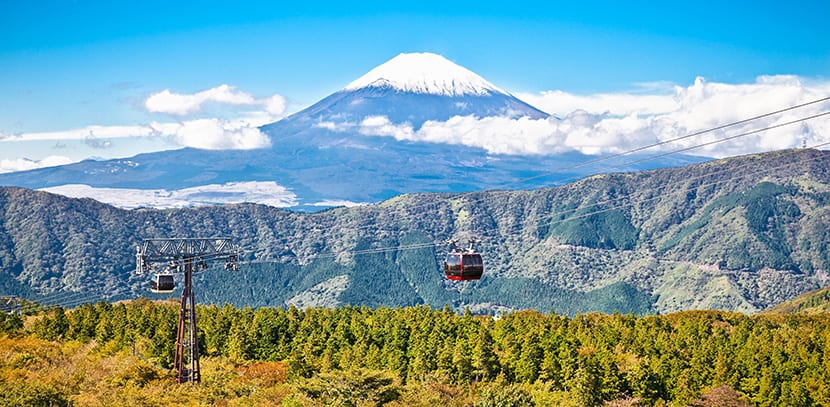
If you don't want to walk so much, you have an intermediate route: you walk half an hour to Mount Kamiyama and then go down to the shore of Lake Ashinoko. Not far away is the Hakone funicular that connects with Owakudani. Allow for a five-hour excursion. Owakudani is one of the stations of the Hakone funicular that connects Souzan with Togendai.
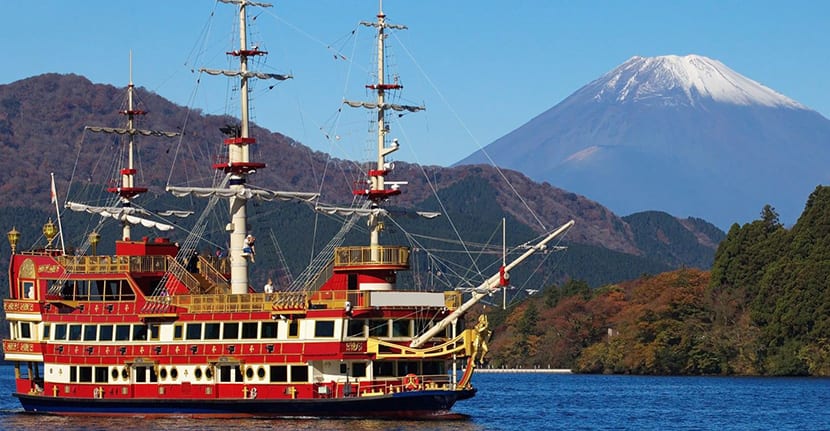
You can also boating on Lake Ashinoko, a caldera lake that is part of the classic Fujisan postcard. There are villages on its shores, nothing very developed, and a couple of resorts. There are two companies that have cruises and the tour lasts no more than half an hour and costs about 1000 yen. Even one of the ships is a pirate ship and another a Mississippi wave steamboat. The truth is that with time the long circuit is much more recommended because you will see almost everything that Hakone has for you.
Therefore, my advice is that you take it more like a two or three day excursion. You stay in the area, you walk, you rest, you go out at night and then you return to Tokyo.